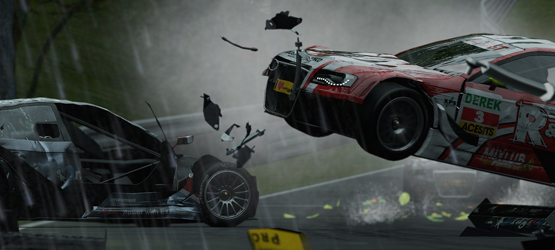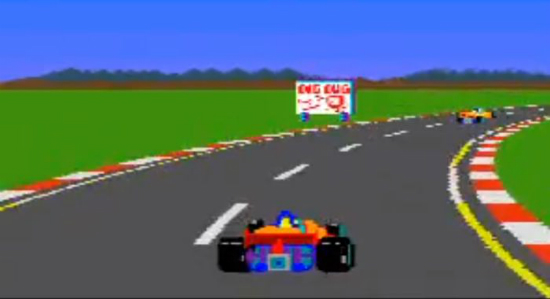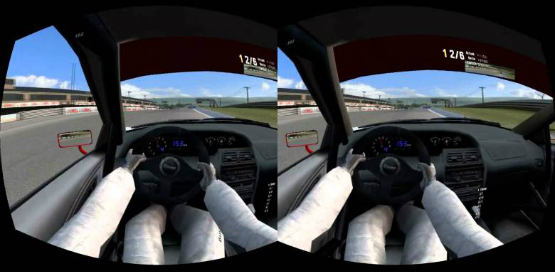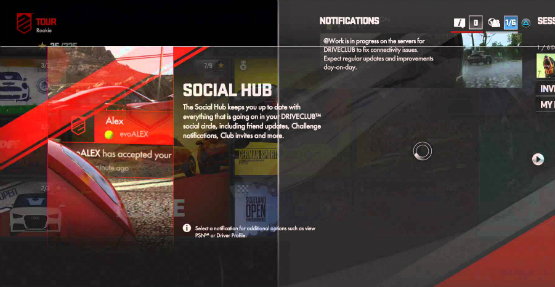Regardless of whether it is a first-person shooter, platformer or the indelible racing simulator, each and every genre in the industry perseveres through its own peaks and troughs. Record-breaking highs coupled with challenging, studio-closing lows. In fact, it’s part and parcel of any business, and more often than not this fight or flight subplot births a constant need to innovate; to drag new ideas into the spotlight and test out how high that proverbial ceiling really goes.
Ever since the early ‘70s, this experimental approach has ensured that racing games still exist today as one of the most enduring and rich genres that have kept our thumbs busy and reflexes sharp. From simple, blocky graphics to the meticulously detailed visuals glimpsed in recently-released simulator Project CARS, it’s clear the genre has come an awful long way since the neon sprites of Namco’s Pole Position were considered cutting edge.
From A to B
Perhaps more so than any other category in the medium, racing games have defined themselves on the ability to push the envelope, hence the reason a new hardware launch is so often complimented with the release of a bleeding-edge racing facsimile. It allows developers to showcase the raw horsepower of said console relatively easy, and through time, each generation has witnessed the line between reality and the video game become increasingly indiscernible.
Photorealism is a feat that studios such as Codemasters, Turn 10 and Polyphony have been working toward for decades, but now that it’s ostensibly within touching distance, the question must be asked: is the racing genre running the risk of stagnation?
Granted, it’s almost become a recurring theme over the years to proclaim the genre as a shadow of its former self, freewheeling into the pit without a shred of innovation to call its own. A generalized overstatement, yes, but that doesn’t necessarily mean that these claims, however audacious, don’t hold some semblance of truth.
But let’s not paint in broad strokes; if anything, it’s the racing simulator specifically that is showcasing palpable signs of stagnation. Why? Because this is a sub-genre that can no longer be sold on graphical fidelity alone.
Take the declining sales of stalwarts such as Gran Turismo – arguably the purist experience on offer – as an example. Though it was hamstrung by the imminent console transition, GT6 sold a meagre 300,000 copies during its first six months on the market; for perspective, that’s little more than 25% of Gran Turismo 5’s sales across the same period in the States.
First is Everything
Of course, GT6 screeched onto the scene under the seemingly inescapable shadow of the PlayStation 4, and the fact that Polyphony’s latest was tethered to the PS3 let the air out of its tires before it got going in earnest.
Inevitably, these numbers were considered a canary in the coal mine, but it would be foolish to write off one of Sony’s most prestigious franchises. Across its flagship series, Gran Turismo has sold close to 60 million units, and already there’s a buzz of excitement crackling around the PlayStation community ahead of Gran Turismo 7.
Heck, not only was the aforementioned Project CARS the first racer to snatch the coveted No. 1 spot in the UK charts in over two years, Slightly Mad Studios’ crowdfunded sim sold more on PlayStation platforms.
The market for an über-realistic racer exists, there just needs to be enough features under the hood complimenting that glistening body work.
Perhaps that’s why we’re seeing more cases of developers borrowing mechanics from different genres. In a move that is by no means exclusive to racing games, new IPs such as DriveClub and Ubisoft’s MMO-esque racer The Crew — without the cache of a franchise behind them — attempted to assimilate open-world sensibilities and sprawling, cinematic storylines.
However, mired by technical hiccups and poor execution, neither title proved to be wholly original in the end; iterations on the well-worn formula, as opposed to out-and-out revolutions. Wishful thinking though it may be, take Destiny as an example of a genre overhaul. Bungie’s shared-world shooter released as somewhat of a flawed masterpiece, but there’s no doubting the impact it had on the first-person shooter.
If You Can’t Beat Them, Join Them
Is this the answer to the genre’s underlying identity crisis? Indeed, for the racing simulator to remain in pole position, will it have to undergo a shakeup from the ground up?
It’s difficult to gauge precisely because the sub-genre is so limited by its unyielding commitment to realism. Over the years, titles such as Blur, F-Zero, Burnout Paradise and Driver: San Francisco poked and prodded at convention in order to serve up something from left field. In the case of Mario Kart, Nintendo’s inimitable racer has remained one step ahead of the curve by implementing novel features with each new iteration, most recently with the anti-gravity mechanic.
Building vehicles with painstaking detail can only go so far, and from the stunning levels of detail on display in Project CARS and DriveClub, it’s evident that developers are fast-approaching the artificial ceiling.
Perhaps, then, it’s not a question of graphics, but input. With the dawn of a new era in virtual reality all but upon us, the racing genre has quickly become one of the most fertile sandboxes for developers to experiment within. Whether it’s Sony’s own Project Morpheus, Oculus or Valve’s HTC-powered Vive, there’s a whole new frontier opening up that facilitates unparalleled and immersive gaming, making VR the perfect fit for the racing simulator.
Situating players behind the wheel with a heightened depth of field is a developer’s dream scenario, and the notion of becoming enveloped in an interactive cockpit as you swerve around the tracks of Monte Carlo or Silverstone can certainly go down as a unique selling point.
Check Your Blind Spot
Of course, Project CARS is nearing full support of Oculus, while Slightly Mad has assured compatibility with Project Morpheus isn’t too far away either. It’ll be some time yet before strapping on a VR headset becomes viable to the average consumer, but for now, it’s exciting to know that the genre is teetering on the edge of something special.
History has taught us that the category is no stranger to new means of input, from the padded leather seats to pedals and steering wheels, but what about the overall distribution of software? After all, this is one of the industry’s most enduring staples, and it’s question of when, rather than if, it will adapt to the new cultural norms.
Could this entail an evolution to become a service? Companies such as EA are already experimenting with blanket programs that allow players to pay a set fee in order to gain access to a selection of digital titles. But what if this became the industry standard on a game-by-game basis? Such a proposition would see a racing title release as a single purchase not unlike old-school MMOs, before developers build upon its foundations through time, layering on new content and the like intermittently.
Activision’s 10-year plan with Destiny may be in its nascent stages, but already we are beginning to see the publisher’s master plan come to fruition. Again, while it’s not strictly speaking apples to apples — or Subarus to Sparrows — there is room within the racing simulator for expansion that doesn’t necessarily undercut what has come before.
Make no mistake, this is a genre that remains one of the most exhilarating experiences the industry has to offer; where the margin of error is minimal and the achievement gained from a perfect execution is unparalleled. It isn’t going away anytime soon, but developers can’t let their foot off the pedal even for a second save the genre lose its once-ironclad grasp on relevancy.
What do you think, though? Will developers pursue a Destiny-like approach to content for the racing genre? We’re already seeing Project CARS and DriveClub release free content post-launch, but is this enough to ensure interest in this brand of video games doesn’t begin to plateau?
Essential Reading:
- 5 Publishers That Have Totally Stopped Giving a Crap
- Exclusive Envy – Gears of War
- Konami – What Went Wrong and Recovering From All the Drama
Racing Genre Feature
-
Small Beginnings

Oh, how far we've come. Atari's Gran Trak 10 was seminal in the sense that it presented the genre in its purist, embryonic form.
-
WipEout's Big Brother
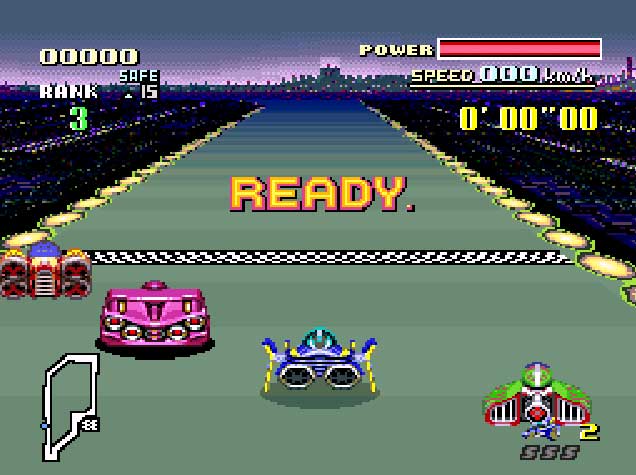
F-Zero birthed a lot of the futuristic tendencies found in Psygnosis' WipEout series, not to mention SEGA's Daytona USA.
-
Out Run This!
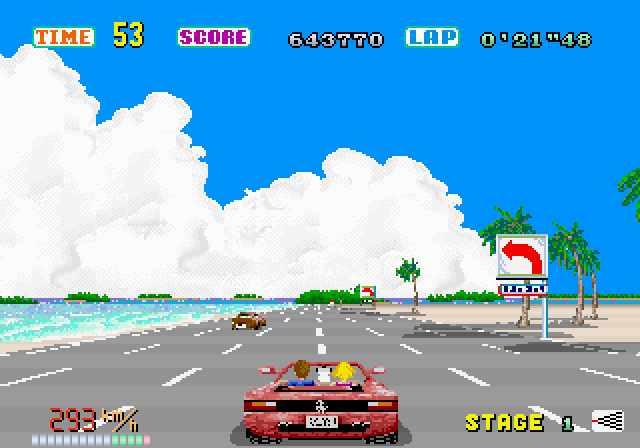
Another arcade title, only by this time, SEGA had produced a racer with rich, blue-sky environments and catchy theme tune. Playing Out Run, you could almost feel the breeze in your hair.
-
Trials' Great-Great-Grandfather
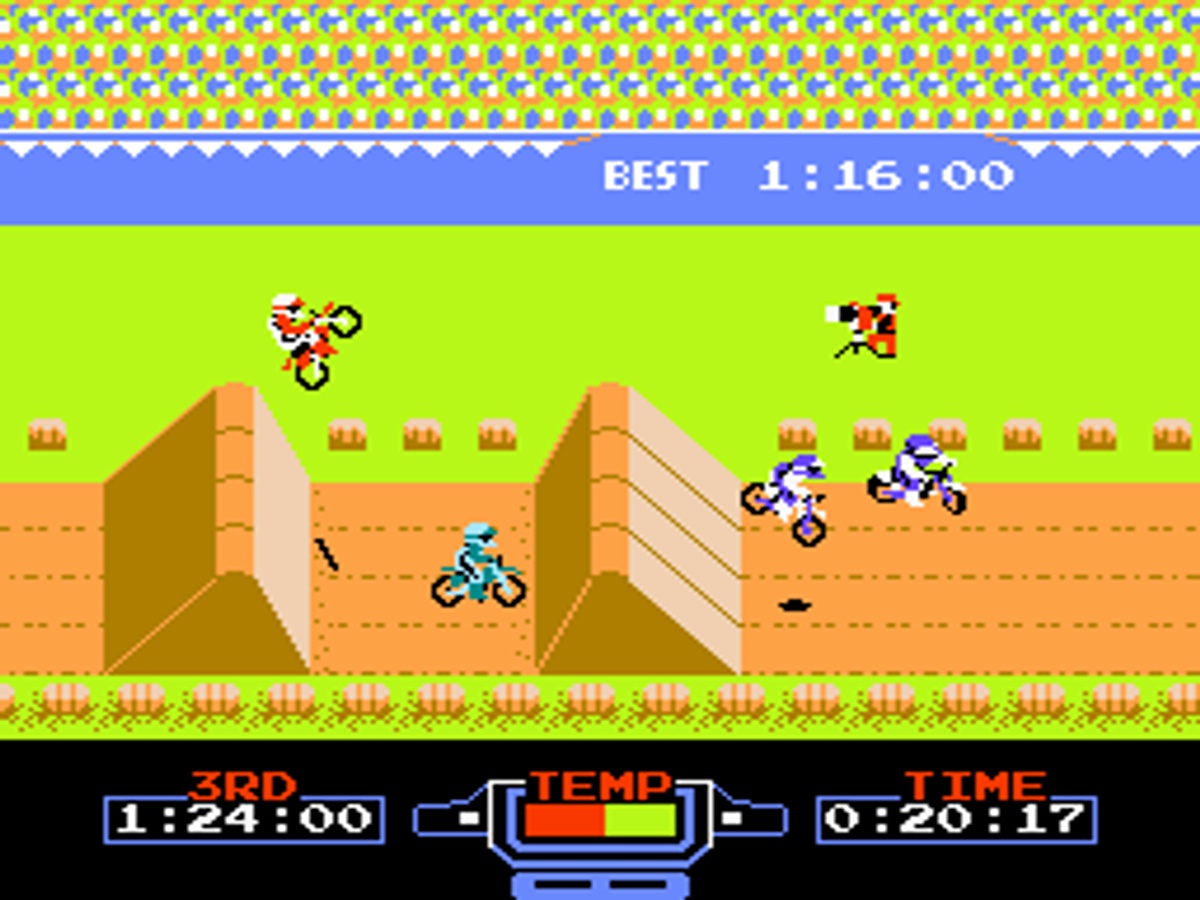
Before Motocross became all the rage through RedLynx's Trials series, Excitebike kickstarted a franchise when the first title bunny hopped onto the scene in '84.
-
A Legend Was Born
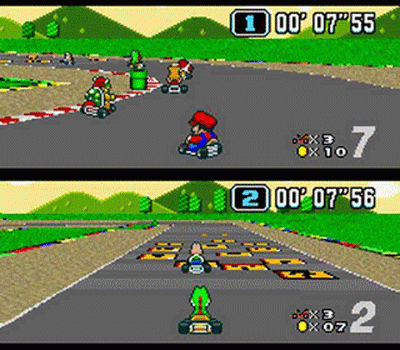
There are imitators, and then there are initiators. And Nintendo's indelible Mario Kart very much belongs to the latter category. Few racing franchises can hold a candle to its defining success, and given the reception of Mario Kart 8, don't expect The Big N's mascot racer to slip from the starting grid anytime soon.
-
Size Doesn't Matter
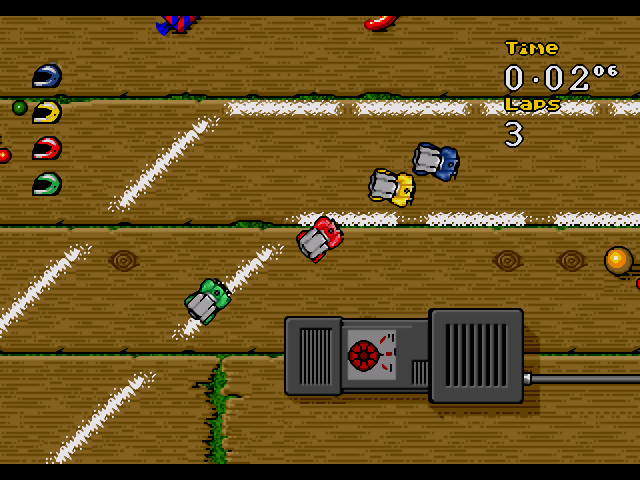
Forget Silverstone and Monte Carlo, in 1991, Codemasters pulled a Honey, I Shrunk the Kids move and created Micro Machines. In it, players were tasked with speeding along various household environments, whether it was a rather messy kitchen table or desktop.
-
Pure Adrenaline
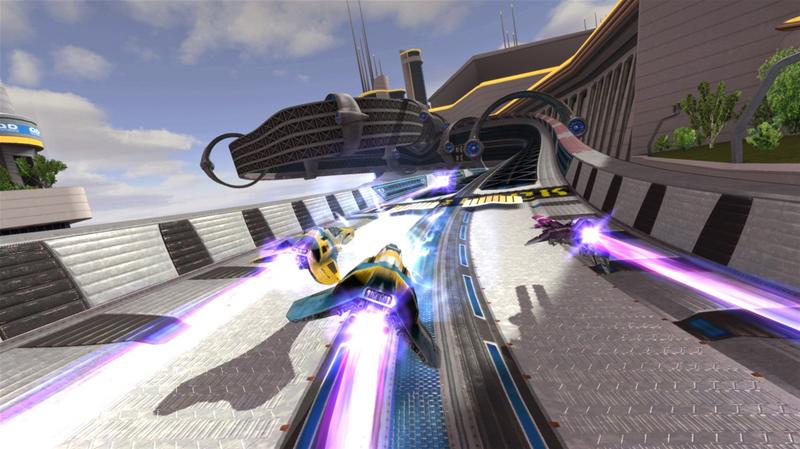
Perhaps more than anything else, WipEout opened up the engine of the racing genre and electrified it to its core. The result? A blistering arcade racer with an excellent soundtrack, and it's one we're holding out hope for a reboot.
-
Grand Theft Driver

Though Reflections Interactive's Driver released under the seemingly-inescapable shadow of one Grand Theft Auto, the studio's title still birthed a franchise, with the crown jewel being Driver: San Francisco in 2011.
-
Turned A Corner
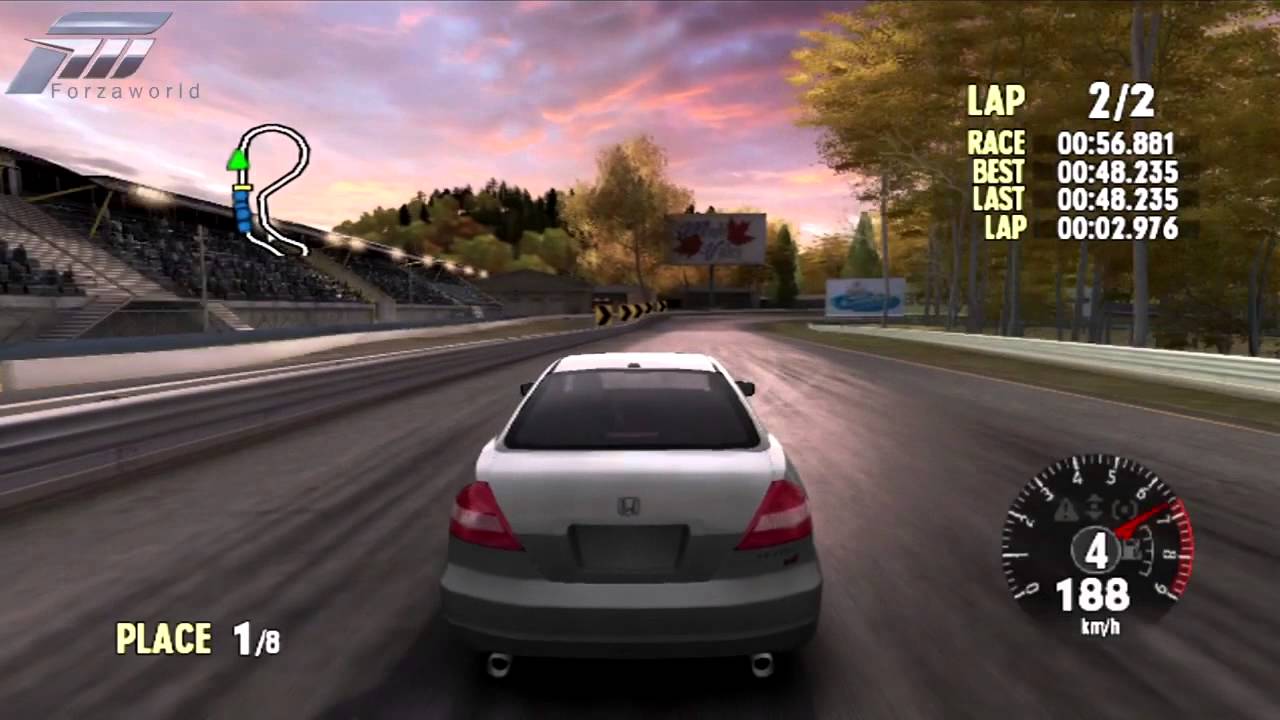
With Gran Turismo selling like gangbusters across PlayStation platforms, Microsoft and Turn 10 introduced a pretender to the crown in the form of Forza Motorsport back in 2005.
-
Best For Last
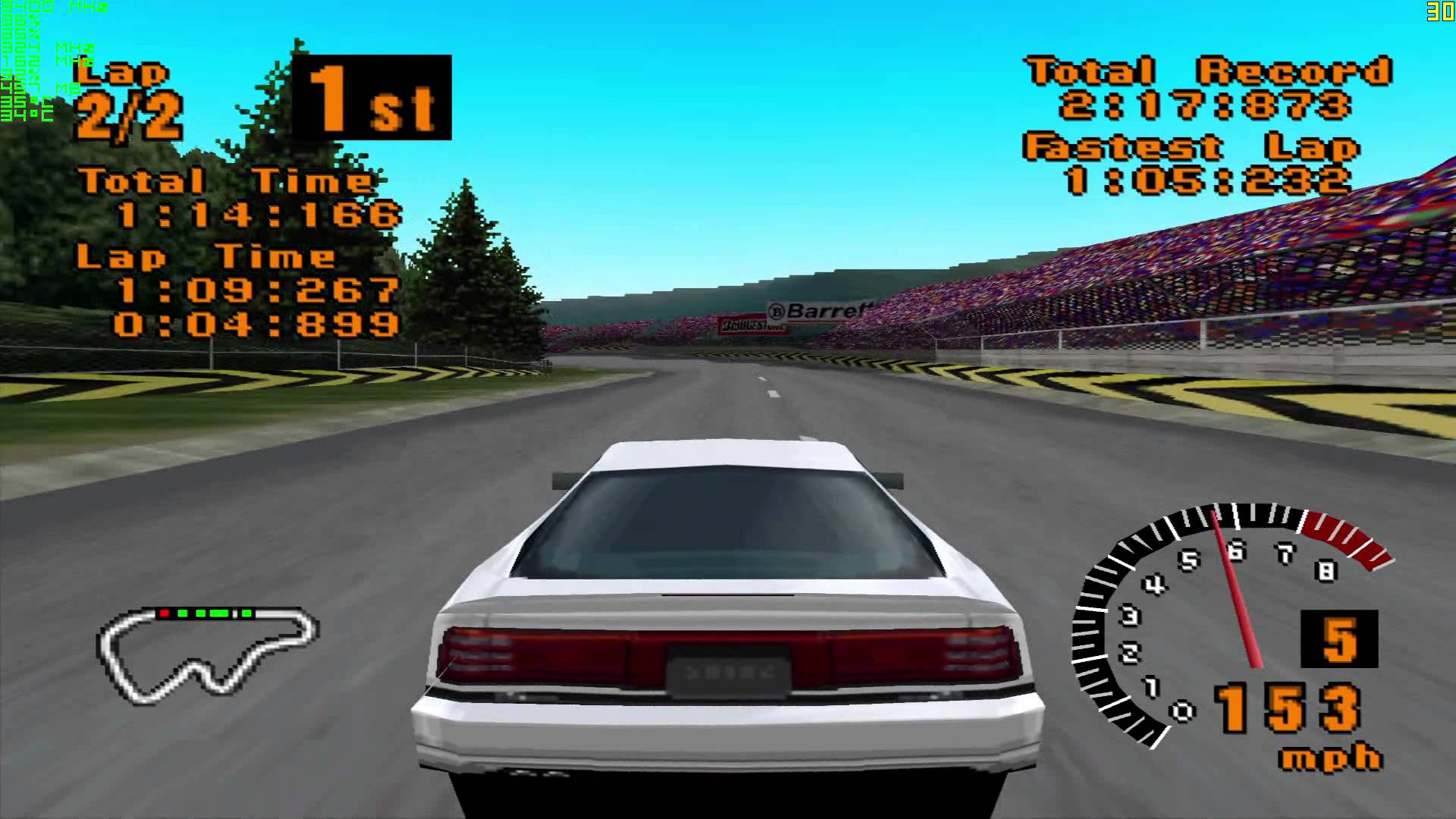
Despite the most recent installment failing to light up the sales chart, Gran Turismo is still to this day a sale juggernaut for Sony. But will that trend continue onto PlayStation 4 with the arrival of GT7?
